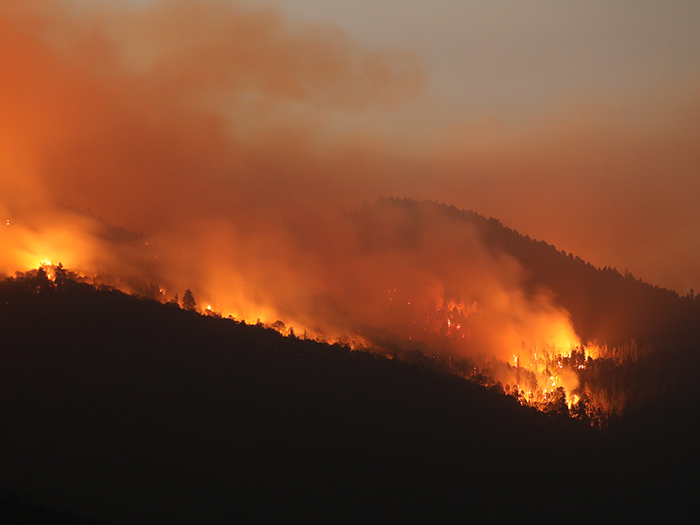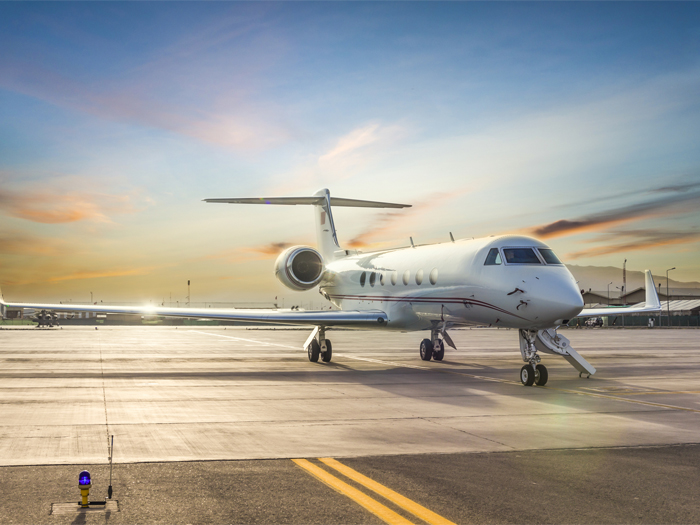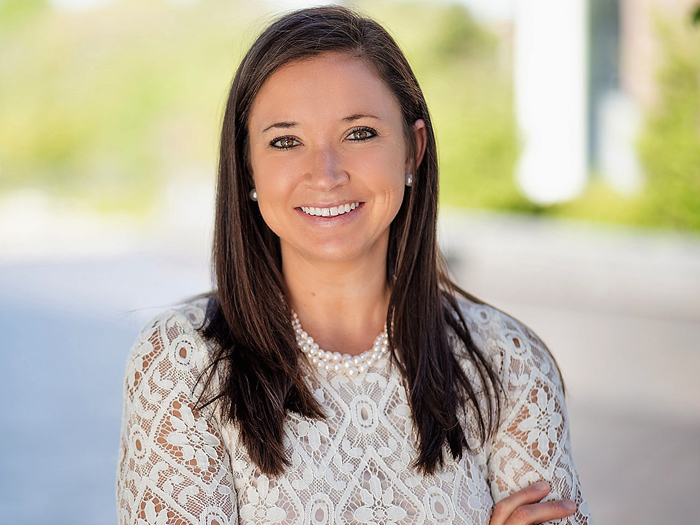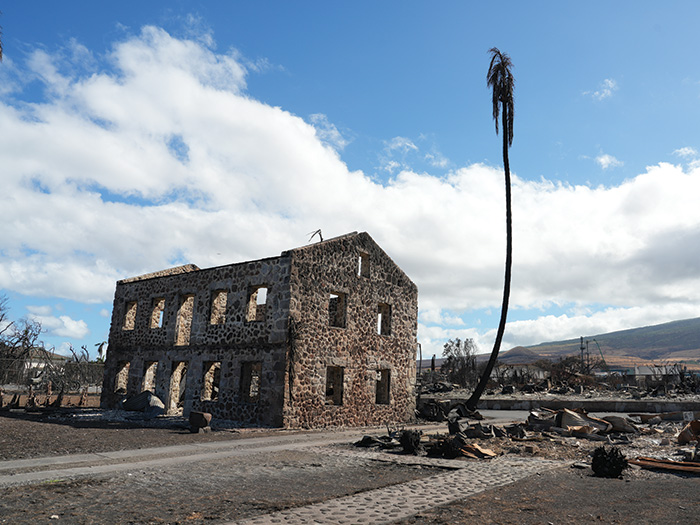How to Guard Against Flying Embers and Other Wildfire Prevention Advice from Experts at Munich Re

According to the National Centers for Environmental Information, there were more than 58,000 wildfires in the United States in 2021.
Together, they burned more than 6.6 million acres.
According to the National Interagency Fire Center, five of the ten most severe wildfire seasons have occurred in the past decade. Munich Re calculated wildfire losses at $24 billion in 2018, more than $20 billion in 2017, and about $16 billion in 2020.
Wildfire Risk Management Strategies to Live By
Rachael Dougherty, vice president of E&S property at Munich Re Specialty Group, noted it is important for insureds, brokers and underwriters to collaborate on wildfire risk management.
As an example, she cited wineries or housing developments that extend up into the hills often near or in wildlands.
“Until recently, many wineries were placed into package programs with standard market insurers and thus able to get full property coverage at reasonable prices. Lately those packages are being broken up,” she said.
“Where their broker used to be able to place full limits with one or two carriers,” Dougherty continued, “that broker is likely working hard to assemble a small amount of coverage among several carriers at pricing which is multiples of expiring [coverage]. They are entering a completely different type of market.”
Those realities are driving a return to first principles.
“Insurance is the risk transfer component of a comprehensive risk management strategy,” Dougherty noted.
“Some insureds with property with wildfire risk are facing the choice to invest in mitigation or in coverage because of the rising cost and diminished availability of insurance. They may buy less coverage with greater retention and spend more on protecting the property. We definitely see insureds taking things into their own hands, especially in terms of brush management and defensible space.”
Dougherty explained that “most buildings burn from the inside out. By the time the wildfire gets to the structure, it may already be on fire because embers can travel several miles in advance of the fire front. It is important for all structures to have vents, gutters, decks, and doors protected from flying embers.”
The same applies to landscaping. The usual landscaping of lawns, trees and bushes near structures is practically an invitation to wildfire. A fire break in a radius of 30 feet around a structure may not be as beautiful as traditional landscaping, but it is certainly more appealing than a smoldering pile of ash.
Prepping for Wildfire
Munich Re recommends several wildfire risk measures, from basic to advanced, that can help prevent or limit damage:
- Understand wildfire risk by using models;
- Create a defensible space around the property, using fire-smart landscaping to implement local regulations;
- Install and maintain fire-suppression systems;
- Remove fuel loads such as leaves, needles and debris on and around structures;
- Protect stored flammables properly and store them away from other structures;
- Develop a wildfire response plan, and keep it updated;
- Collaborate with local officials on documentation, training and communication;
- Build with fire-resistant materials;
- Provide enhanced water supply on site, and ensure it is accessible to fire fighters.
In addition, it is always wise to review policies and procedures for evacuation to protect employees. And keep in touch with your risk partners to stay up-to-date on the latest mitigation tools available. &











